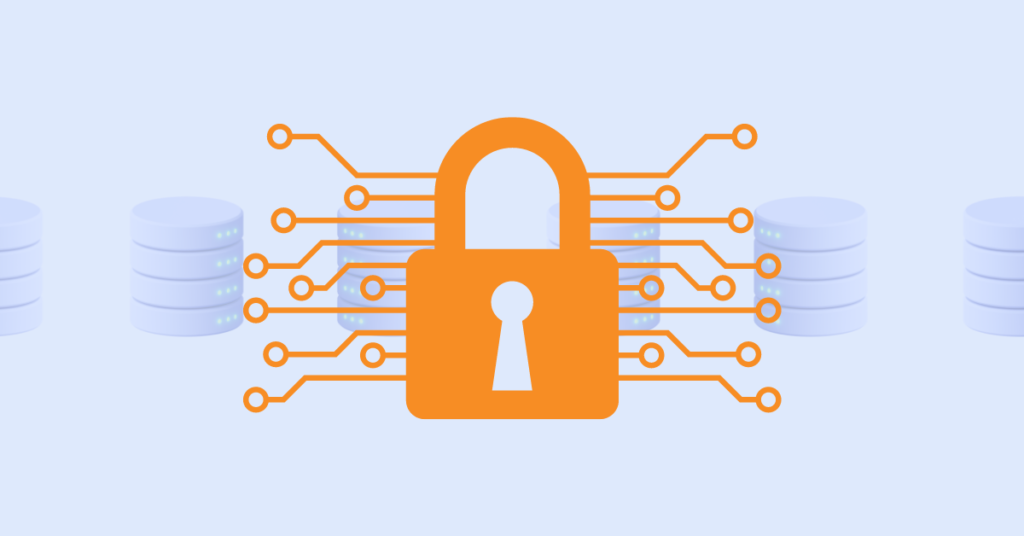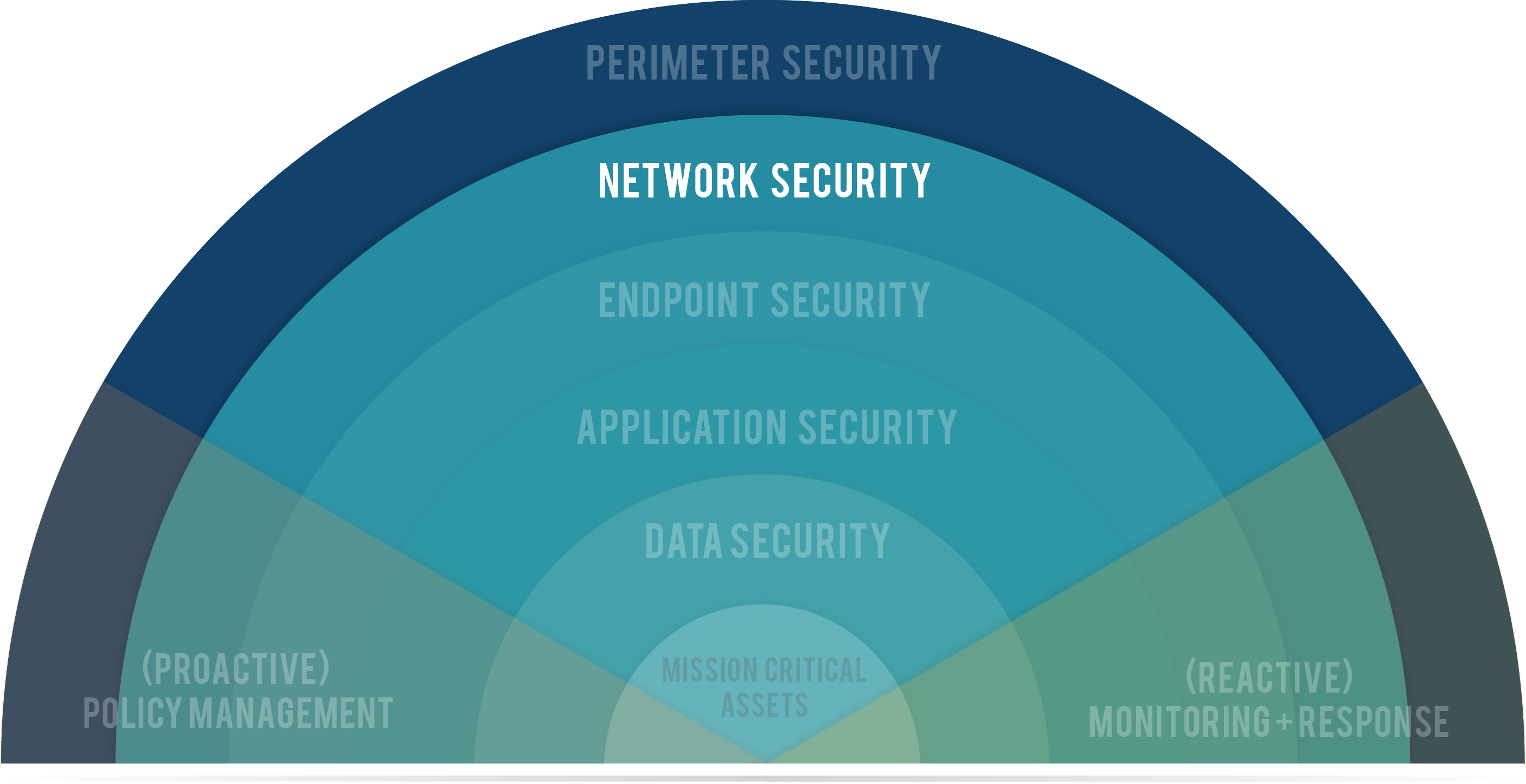FFT Pipeline Protection: Safeguarding Your Critical Infrastructure with Cutting-Edge Technology
FFT Pipeline Protection: Safeguarding Your Critical Infrastructure with Cutting-Edge Technology
Blog Article
The Important Duty of Data and Network Safety in Shielding Your Details
In a period where information breaches and cyber hazards are significantly common, the importance of durable data and network protection can not be overstated. The implementation of effective safety and security actions, such as file encryption and access controls, is critical to preserving trust and functional integrity.
Understanding Information Safety
In today's digital landscape, an overwhelming bulk of organizations face the complexities of information security. This essential component of details technology entails protecting delicate information from unauthorized gain access to, corruption, or burglary throughout its lifecycle. Data safety encompasses numerous techniques and innovations, consisting of encryption, gain access to controls, and information masking, all targeted at protecting information against violations and susceptabilities.
A fundamental element of information security is the identification and category of information based upon its sensitivity and value. This category helps organizations prioritize their safety initiatives, alloting resources to safeguard the most important details successfully. Furthermore, executing durable plans and treatments is crucial to ensure that employees understand their role in preserving data safety.
Routine audits and evaluations aid in determining potential weaknesses within an organization's information protection structure. Additionally, staff member training is essential, as human mistake stays a considerable consider data breaches. By cultivating a society of safety understanding, organizations can mitigate threats related to expert risks and negligence.
Importance of Network Protection
Network safety stands as a cornerstone of a company's general cybersecurity technique, with approximately 90% of organizations experiencing some type of cyber risk recently. The relevance of network safety depends on its capability to safeguard delicate info and maintain the honesty of company operations. By securing network infrastructures, companies can stop unapproved accessibility, data violations, and other destructive activities that can endanger their assets and track record.
Executing durable network safety and security gauges not only aids in mitigating risks yet also promotes trust among stakeholders and clients. When consumers are guaranteed that their monetary and individual info is safe and secure, they are much more most likely to involve with the organization, resulting in boosted client loyalty and business development.
Furthermore, a well-structured network protection structure facilitates conformity with numerous regulatory demands. Organizations has to stick to market requirements and lawful requireds concerning information security, and efficient network protection practices can guarantee conformity, therefore avoiding potential charges.

Common Cyber Threats
Organizations have to stay watchful versus a range of cyber hazards that can undermine their network security efforts. Amongst the most usual risks is malware, which incorporates viruses, worms, and ransomware that can interfere with operations, swipe data, or hold info captive. Phishing assaults, where destructive actors pose relied on entities to deceive people right into exposing delicate information, remain to grow in class, making user education crucial.
One more widespread threat is distributed denial-of-service (DDoS) strikes, which overload systems with traffic, making them inaccessible to legitimate customers. Insider dangers, whether unexpected or willful, position considerable threats as employees may unintentionally reveal sensitive information or purposefully manipulate their access for harmful functions.
Furthermore, susceptabilities in software and hardware can be exploited by cybercriminals, highlighting the significance of routine updates and patch administration. Social design methods better read what he said make complex the landscape, as assaulters control people right into revealing secret information via psychological manipulation.
As these risks develop, organizations should maintain a proactive approach to identify, mitigate, and react properly to the ever-changing cyber hazard landscape, protecting their important information and maintaining trust with stakeholders. fft pipeline protection.
Best Practices for Defense
Applying durable safety steps is important for safeguarding delicate details and keeping functional stability. Organizations ought to begin by performing thorough danger assessments to identify susceptabilities within their systems. This positive view it approach makes it possible for the prioritization of safety efforts tailored to the details requirements of the organization.
Taking on strong password policies is necessary; passwords ought to be complex, consistently altered, and handled using safe and secure password administration devices. Multi-factor authentication (MFA) includes an additional layer of security by needing additional confirmation methods, therefore decreasing the danger of unauthorized gain access to.
Normal software updates and spot administration are critical to secure versus known susceptabilities. Implementing firewall programs and breach detection systems can even more protect networks from exterior dangers. Worker training is equally crucial; personnel ought to be enlightened on recognizing phishing efforts and understanding the significance of information security procedures.
Data security need to be employed for delicate information, both at rest and in transit, to guarantee that even if data is intercepted, it stays unattainable (fft pipeline protection). Last but not least, organizations must develop and frequently test event reaction prepares to guarantee quick action in case of a safety and security breach. By adhering to these finest methods, organizations can enhance their security stance and shield their important information assets
Future Trends in Security
The landscape of information and network safety is constantly evolving, driven by developments in innovation and the enhancing sophistication of cyber hazards. As organizations increasingly take on cloud computing and IoT tools, the paradigm of security will certainly move towards a zero-trust design. This strategy highlights that no entity-- internal or exterior-- is inherently relied on, mandating verification at every accessibility point.
Furthermore, using expert system and artificial intelligence in security procedures gets on the increase. These modern technologies allow anticipating analytics, allowing companies to identify vulnerabilities and possible visite site risks prior to they can be exploited. Automation will likely play a pivotal function in streamlining safety and security feedbacks, decreasing the moment required to reduce violations.
In addition, regulatory frameworks will certainly remain to tighten, demanding more strict conformity measures. Organizations should remain abreast of advancing regulations to ensure they satisfy protection standards.

Final Thought
To conclude, the value of data and network security can not be overemphasized in the contemporary electronic landscape. With the occurrence of cyber hazards and the boosting complexity of governing requirements, companies must take on thorough protection procedures to secure sensitive details. By carrying out effective methods and staying educated about emerging fads, companies can boost their resilience against possible attacks, making sure information integrity and promoting trust fund among clients and stakeholders. Focusing on security stays crucial for operational continuity and lasting success.
In an age where information violations and cyber dangers are significantly widespread, the importance of robust information and network protection can not be overstated. Data security encompasses various techniques and innovations, including file encryption, gain access to controls, and data masking, all aimed at safeguarding information versus violations and susceptabilities.
A fundamental aspect of data security is the recognition and category of information based on its sensitivity and significance.The landscape of data and network security is continually advancing, driven by innovations in modern technology and the boosting class of cyber risks.In conclusion, the value of information and network safety and security can not be overstated in the modern electronic landscape.
Report this page